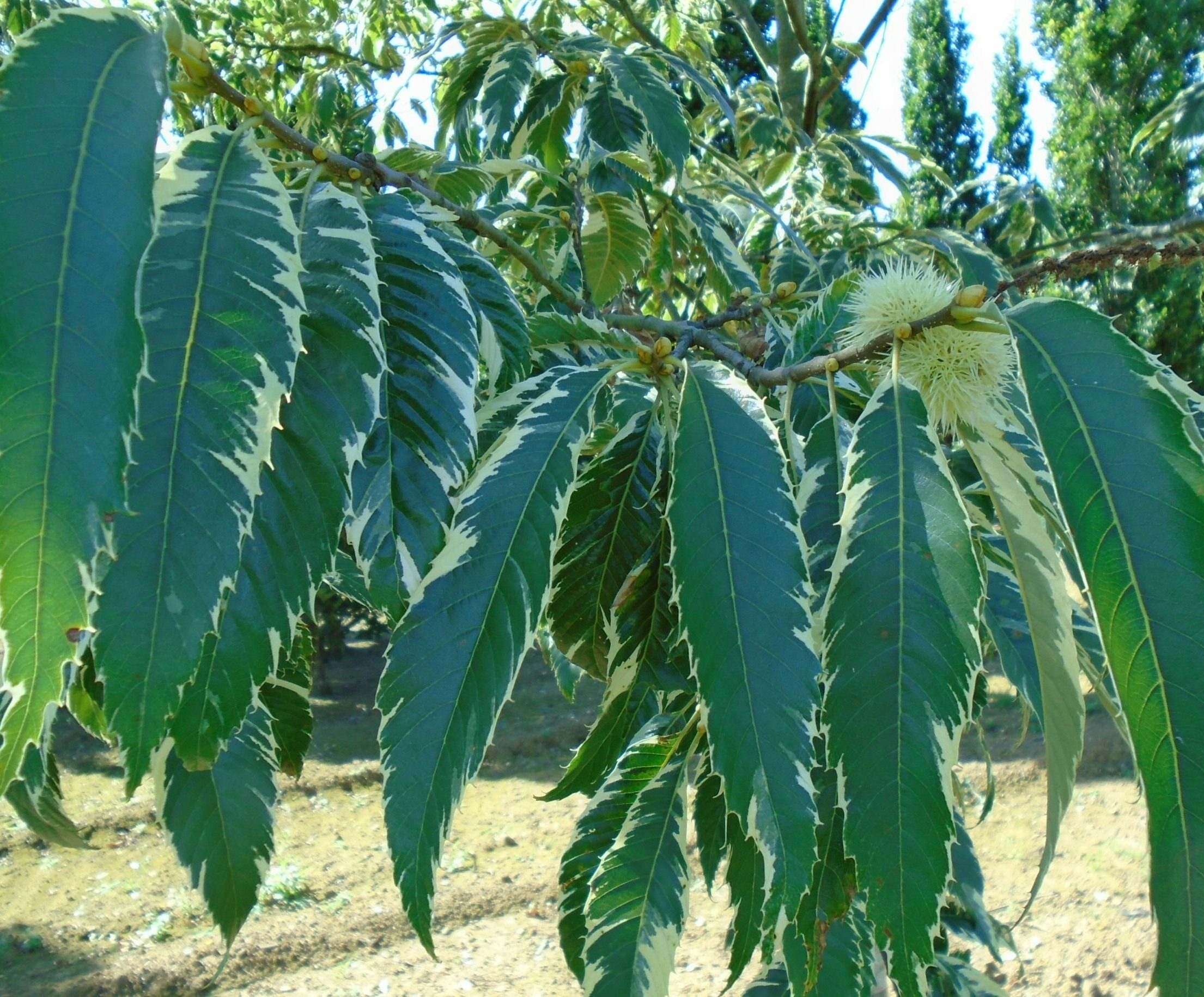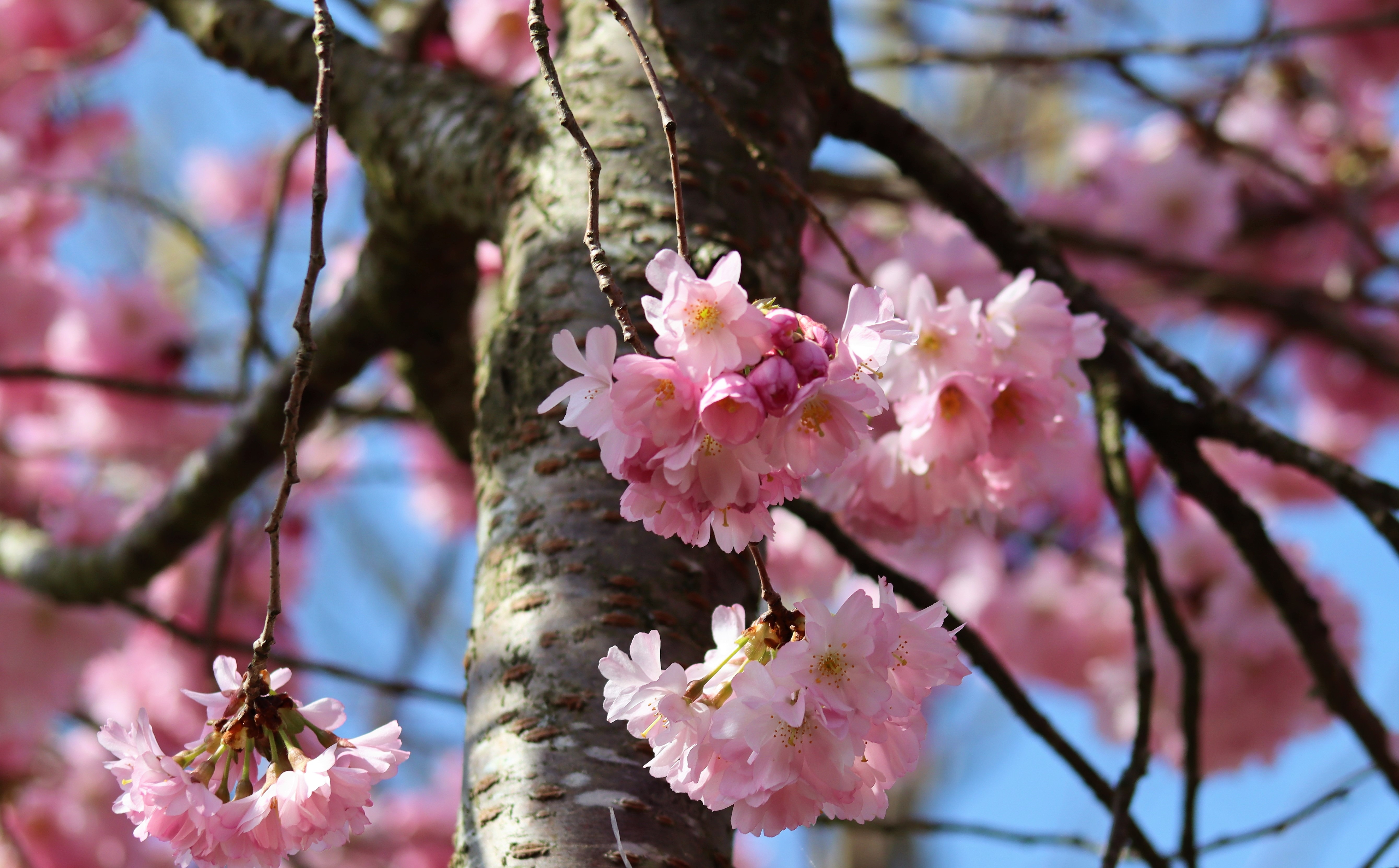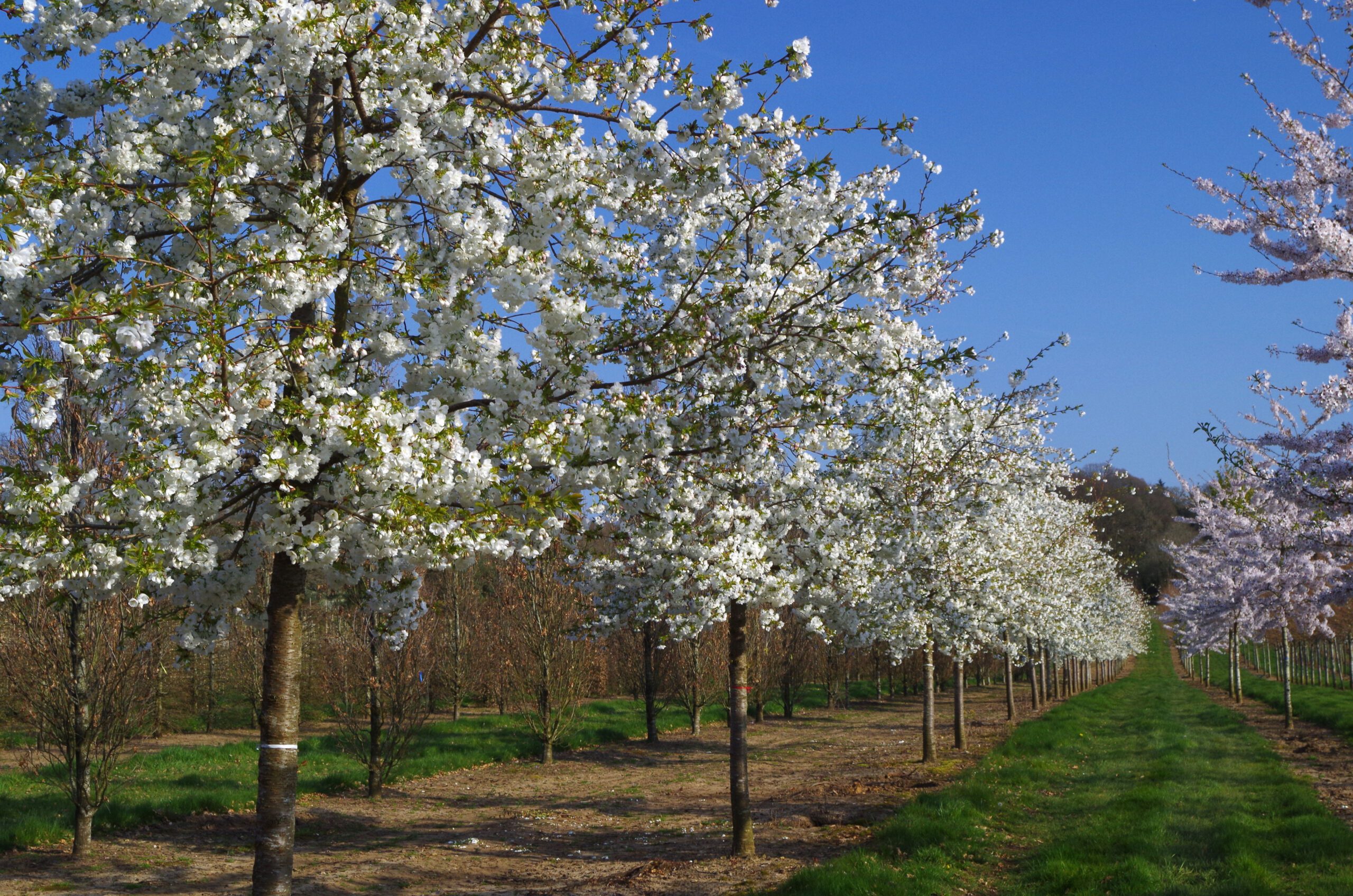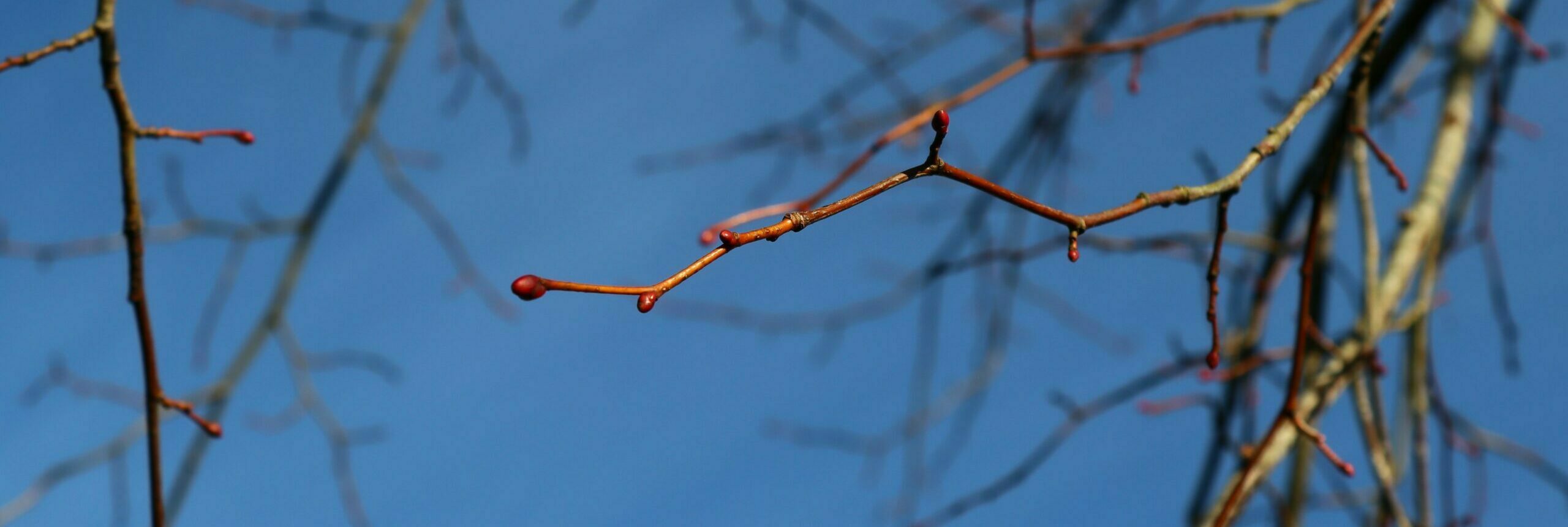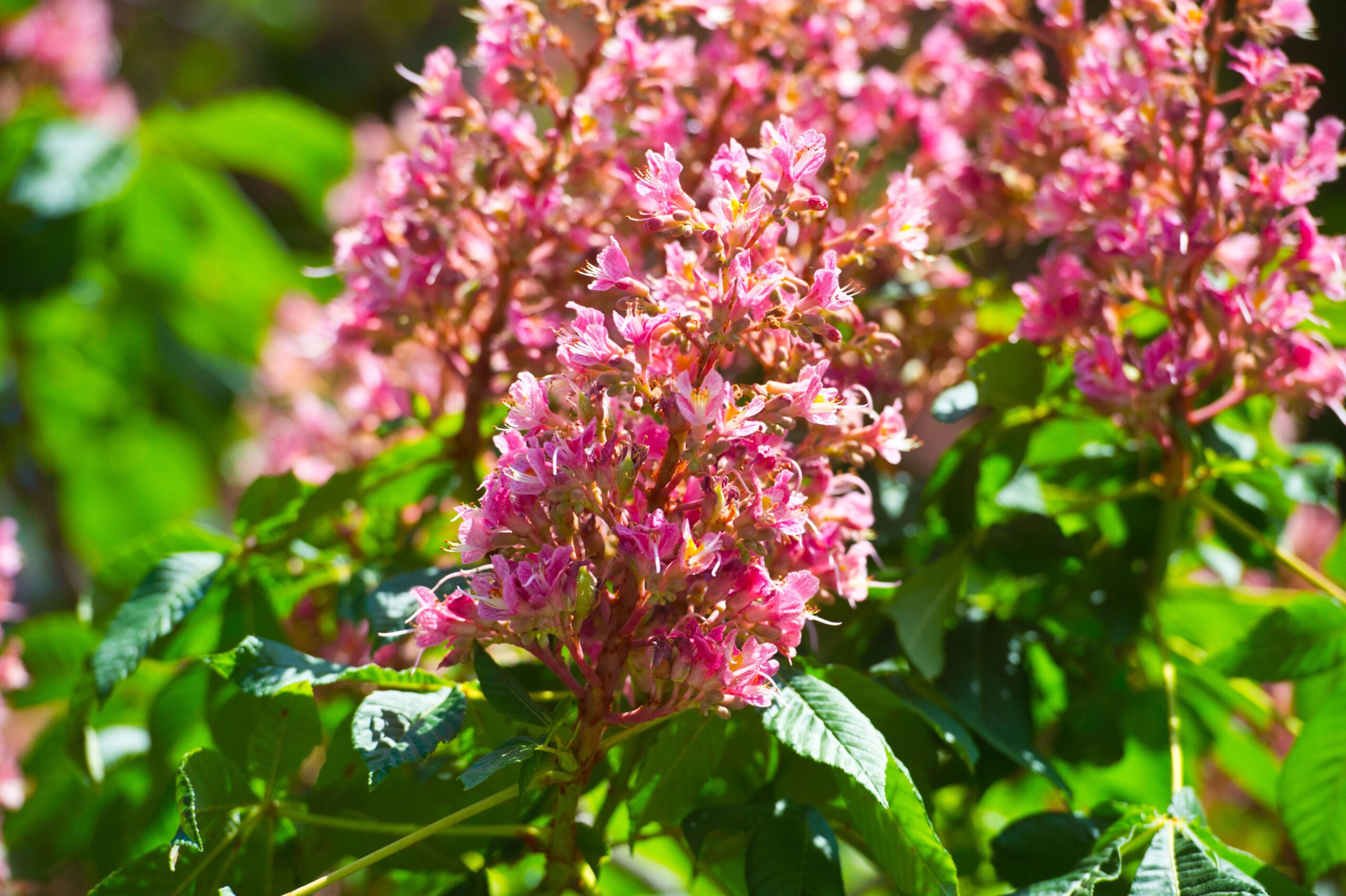Tree Information
Specialities
Tolerances
Wet Soil: Low
Dry Soil: Medium
Lime: Low
Castanea sativa ‘Aureomarginata’, commonly known as sweet chestnut variagata, is a striking cultivar of the Castanea sativa species. Castanea grown from seed can take 20 years before it bears edible chestnuts, however, grafted cultivars will reduce this, meaning sweet chestnuts will show on branches as little as three years after planting.
This deciduous tree is renowned for its captivating foliage. Its leaves exhibit a fantastic pale-yellow edge along the margin and melt in shades of butter yellow and golden bronze in autumn. During the spring and summer months, clusters of creamy white flowers bloom, creating a lovely spectacle and attracting pollinators like bees. These give way to the famous sweet chestnuts that will show in light green jackets adorned with white spikes. In favourable locations the chestnut husks can become completely albino. These edible chestnuts are a cherished culinary ingredient and have been enjoyed for centuries in various dishes and desserts.
It’s exceptional beauty and unique foliage make it a fantastic addition to any landscape design. A great alternative to Horse Chestnut with increases of leaf miner, leaf blotch and bleeding canker ever more present.
Visit our Useful Resources for in-depth guides
Discover guides to help you with specifying your trees, caring for your trees and understanding the weights and dimensions of trees.
Useful ResourcesSize
Medium/Large
10m high x 5m wide after 25 years
Environment
Ideal for parklands or avenues.
Canopy
A shaggy canopy which can grow up to 25m if space allows.
Foliage
Typical of the species, but with variegated leaves that are glossy green and pale yellow along the edges.
Flowers
Conspicuous yellow catkins.
Fruit
Similar to the species, the tree will develop chestnuts, but feature unique white spikes that stand out against their light green husks. Occasionally, these spikes can appear albino. Over time, they will yield edible chestnuts.
Resilience
Not suited for alkaline conditions, but it flourishes in diverse, well-drained soils. It prefers full sun to partial shade for its best growth. Once established, it can endure periods of drought.
Make an Enquiry
Enquire below and speak to one of our expert team. For trades only, for general public enquiries click here.
Find Trees For Your Project
View Our TreesSpeak to a Member of Our Sales Team
Make an Enquiry
